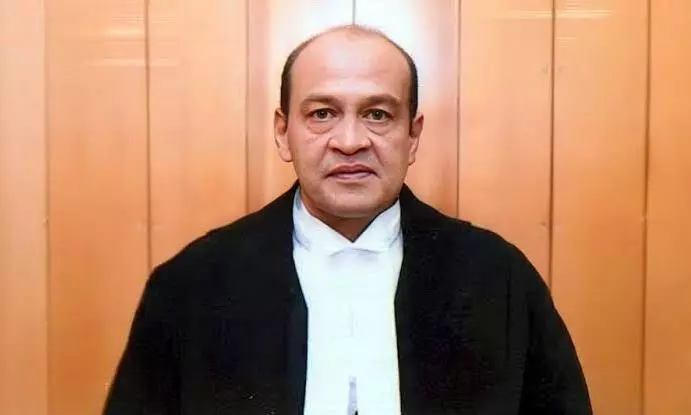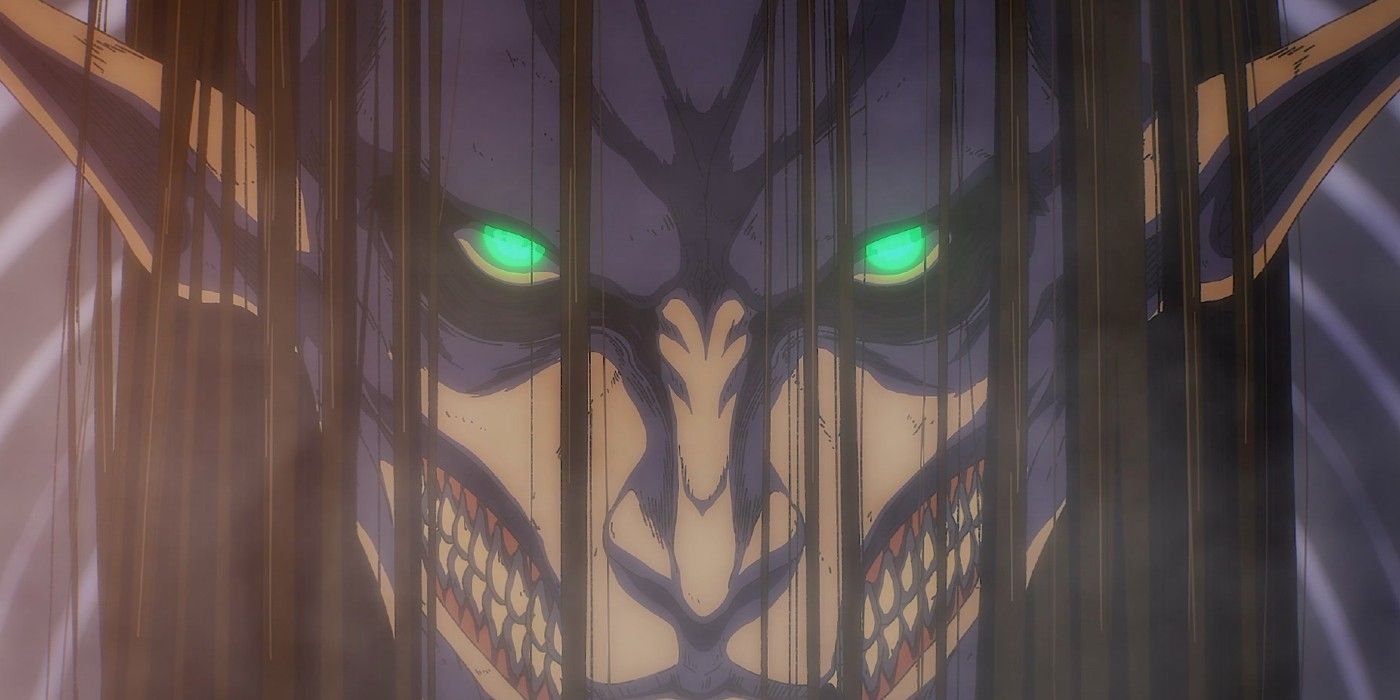
New Delhi: Resignation is the only option before Justice Yashwant Varma to avoid impeachment by Parliament as the government pushes for bringing a motion to remove the Allahabad High Court judge over alleged corruption.
Officials aware of the procedure to appoint and remove Supreme Court and high court judges pointed out that while defending his case before lawmakers in any of the House, Justice Varma can announce that he is quitting and his verbal statement will be considered as his resignation.
Should he decide to resign, he will get pension and other benefits entitled to a retired HC judge.
But if he is removed by Parliament, he will be deprived of pension and other benefits, they noted.
According to Article 217 of the Constitution, a high court judge “may, by writing under his hand addressed to the President, resign his office.”
A judge’s resignation does not require any approval. A simple resignation letter is sufficient.
A judge may give a prospective date to step down. In such cases, the judge can withdraw the resignation before the date he or she has mentioned as the last day in office.
Removal by Parliament is the other way a judge can vacate office.
Then Chief Justice of India Sanjiv Khanna had written to the president and the prime minister to remove Justice Varma, mired in the cash discovery row.
Justice Khanna’s report was based on the findings of a three-judge in house panel which investigated the case.
Justice Khanna had prodded Varma to resign but he had refused, sources had earlier said.
A motion could be brought in either of the two Houses of Parliament.
In the Rajya Sabha, at least 50 members have to sign the motion. In Lok sabha, 100 members have to support it.
According to the Judges (Inquiry) Act of 1968, once a motion to remove a judge is admitted in any of the Houses, the speaker or the chairman, as the case may be, will constitute a three-member committee to investigate the grounds on which the removal (or, in popular term, impeachment) has been sought.
The committee consists of the chief justice of India (CJI) or a Supreme Court judge, the chief justice of one of the 25 high courts and a ” distinguished jurist”.
Parliamentary Affairs Minister Kiren Rijiju had last week said the present case is “slightly different” as an in-house committee formed by then CJI Khanna has already submitted its report.
“So what is to be done in this matter, we will take a call,” he said.
The minister said the process has to be followed, but how to “integrate the inquiry already conducted” needs to be decided.
“As per the rule, a committee has to be constituted and then the committee has to submit a report and the report will be tabled in the House and discussions will start to impeach. Here, a committee has already been constituted, not by Parliament. But it cannot be brushed aside” as it was constituted by the CJI, he said.
Responding to questions that a committee has to be mandatorily formed under the Judges (Inquiry) Act, Rijiju said the speaker will take a decision in this regard.
He said reconciling the report of the in-house panel and the one under law is a “secondary matter”. The primary objective is to bring the impeachment motion.
Monsoon session begins July 21 and ends August 12.
A fire incident at Justice Varma’s residence in the national capital in March, when he was a judge at the Delhi High Court, had led to the discovery of several burnt sacks of cash at the outhouse.
Though the judge claimed ignorance about the cash, the Supreme Court-appointed committee indicted him after speaking to a number of witnesses and recording his statement.
The apex court has since transferred him to his parent high court, the Allahabad High Court, where he has not been assigned any judicial work.
Supreme Court judge V Ramaswami and Calcutta HC judge Soumitra Sen had earlier faced impeachment proceedings but they resigned.
Justice Varma’s removal proceedings will be taken up in the upcoming Monsoon session of Parliament. This will be the first ever impeachment proceeding to be taken up in the new Parliament building.























































